Thermal cameras have become a widely used tool for temperature measurement in industries such as construction, healthcare, and manufacturing. Their ability to detect infrared radiation and convert it into temperature data makes them a practical solution for non-contact temperature monitoring. But how accurate are they? This article explores the key factors influencing thermal camera accuracy and how they compare to other temperature measurement methods.

Factors Affecting the Accuracy of Thermal Cameras
Several factors influence the accuracy of thermal cameras, including emissivity, environmental conditions, and sensor resolution. Understanding these elements is crucial for achieving precise readings.
1. Emissivity of the Target Surface
Emissivity refers to the ability of a surface to emit infrared radiation. Different materials have varying emissivity values, which can impact temperature readings. For instance, metals with low emissivity can reflect surrounding infrared radiation, leading to inaccurate results. Most thermal cameras allow users to adjust emissivity settings to compensate for such variations.
2. Environmental Factors
Environmental conditions such as humidity, air temperature, and distance from the target affect measurement accuracy. High humidity can absorb infrared radiation, while temperature fluctuations in the surroundings may interfere with readings. For optimal accuracy, measurements should be taken in controlled environments with minimal interference.
3. Sensor Resolution and Calibration
Higher-resolution thermal cameras provide more detailed images, leading to more precise temperature readings. Additionally, periodic calibration is necessary to maintain accuracy. Many high-end thermal cameras feature automatic calibration to ensure consistent performance over time.

Accuracy Comparison: Thermal Cameras vs. Contact Sensors
Compared to traditional contact thermometers, thermal cameras offer several advantages and some limitations:
● Contact Sensors (e.g., Thermocouples, RTDs): These provide highly accurate readings but require physical contact with the object, making them less suitable for moving or hazardous targets.
● Thermal Cameras: They allow non-contact temperature measurement from a distance, making them ideal for scanning large areas quickly. However, their accuracy typically ranges from ±1°C to ±2°C, depending on the model and environmental conditions.
In many applications, the convenience and speed of thermal imaging outweigh minor accuracy variations, making thermal cameras a preferred choice for real-time monitoring.

Applications of Thermal Cameras in Temperature Measurement
1. Industrial and Mechanical Inspections
Thermal cameras are widely used in industrial maintenance for detecting overheating components in electrical systems, motors, and pipelines. Early identification of temperature anomalies can prevent equipment failures and improve safety.
2. Medical and Health Applications
Medical professionals utilize thermal imaging for fever screening and detecting inflammation in patients. While not as precise as clinical thermometers, thermal cameras provide a quick and non-invasive method for identifying potential health concerns.
3. Building and Home Inspections
Thermal cameras help detect insulation gaps, water leaks, and HVAC inefficiencies in buildings. A smartphone-compatible thermal camera, such as the Thermal Master P2, offers an affordable and practical solution for homeowners and inspectors alike.

Choosing the Right Thermal Camera for Accurate Readings
For users seeking a balance between cost and performance, smartphone-compatible thermal cameras are an excellent choice. Devices like the Thermal Master P2 provide a compact and cost-effective solution without compromising essential features. While high-end industrial cameras offer superior accuracy, smartphone thermal cameras are sufficient for many professional and daily applications.
Thermal cameras offer a reliable method for temperature measurement, with accuracy influenced by emissivity, environmental conditions, and sensor quality. While they may not always match the precision of contact sensors, their non-contact operation and efficiency make them indispensable in various industries. For those looking for an affordable yet functional option, smartphone thermal cameras provide a practical alternative for both professional and home use


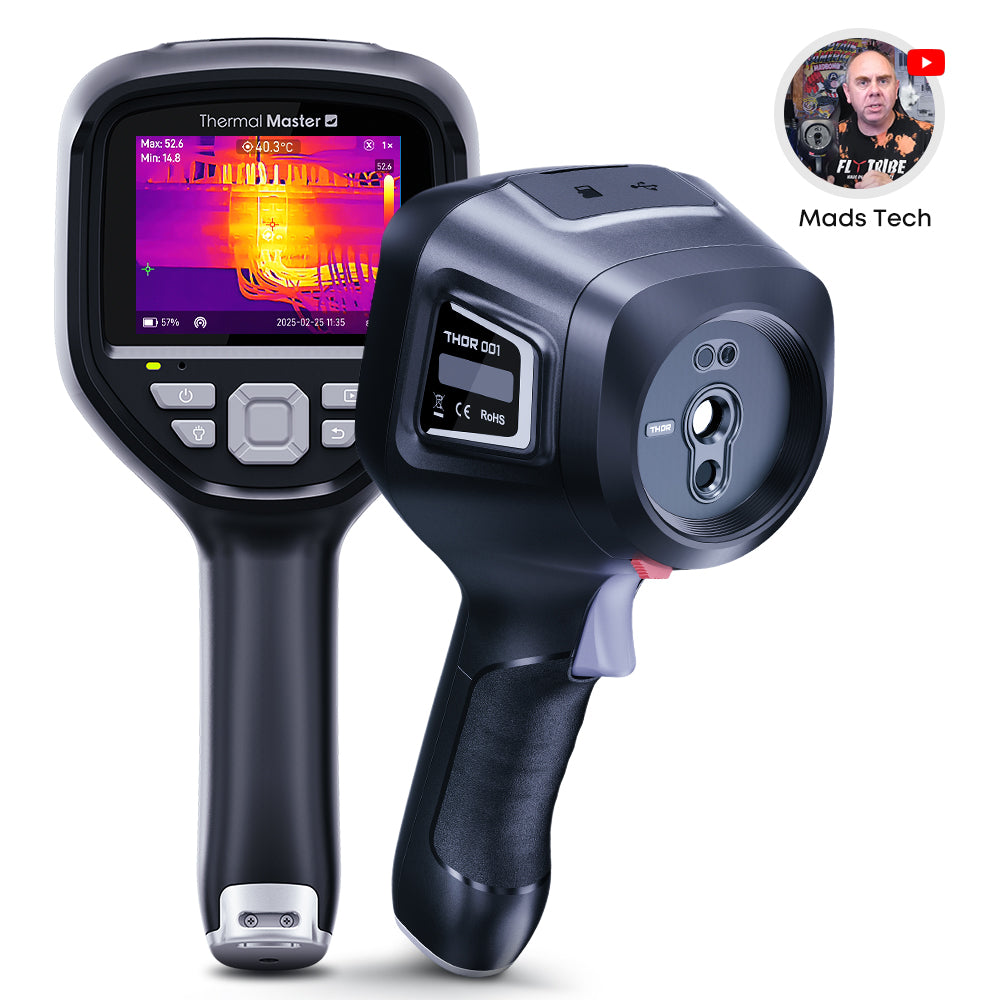

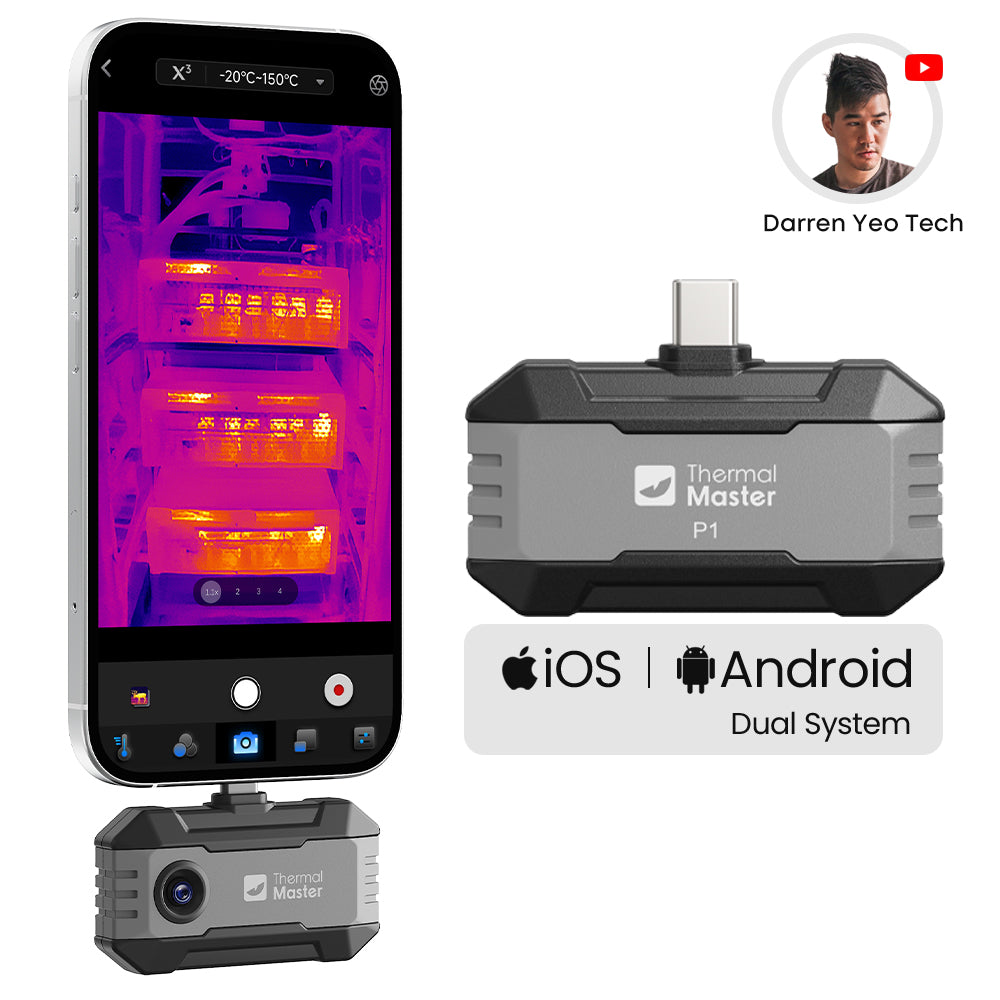
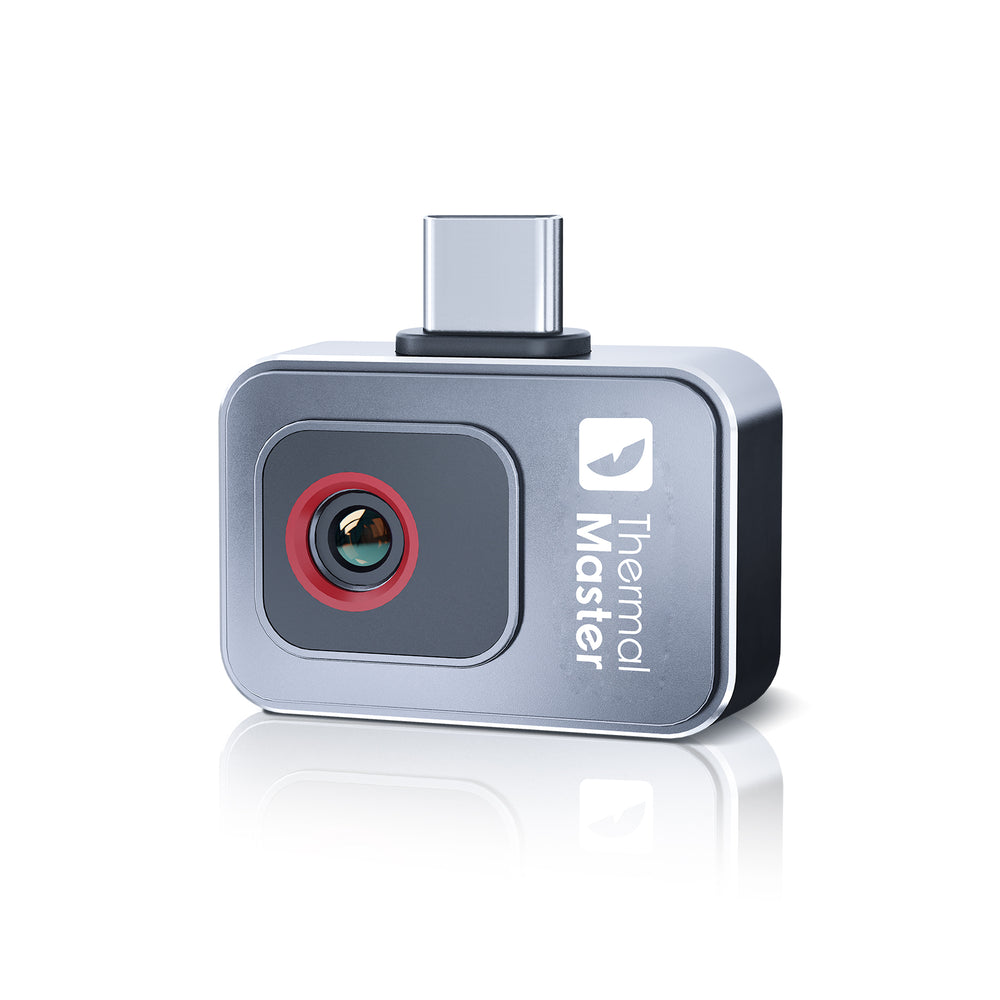
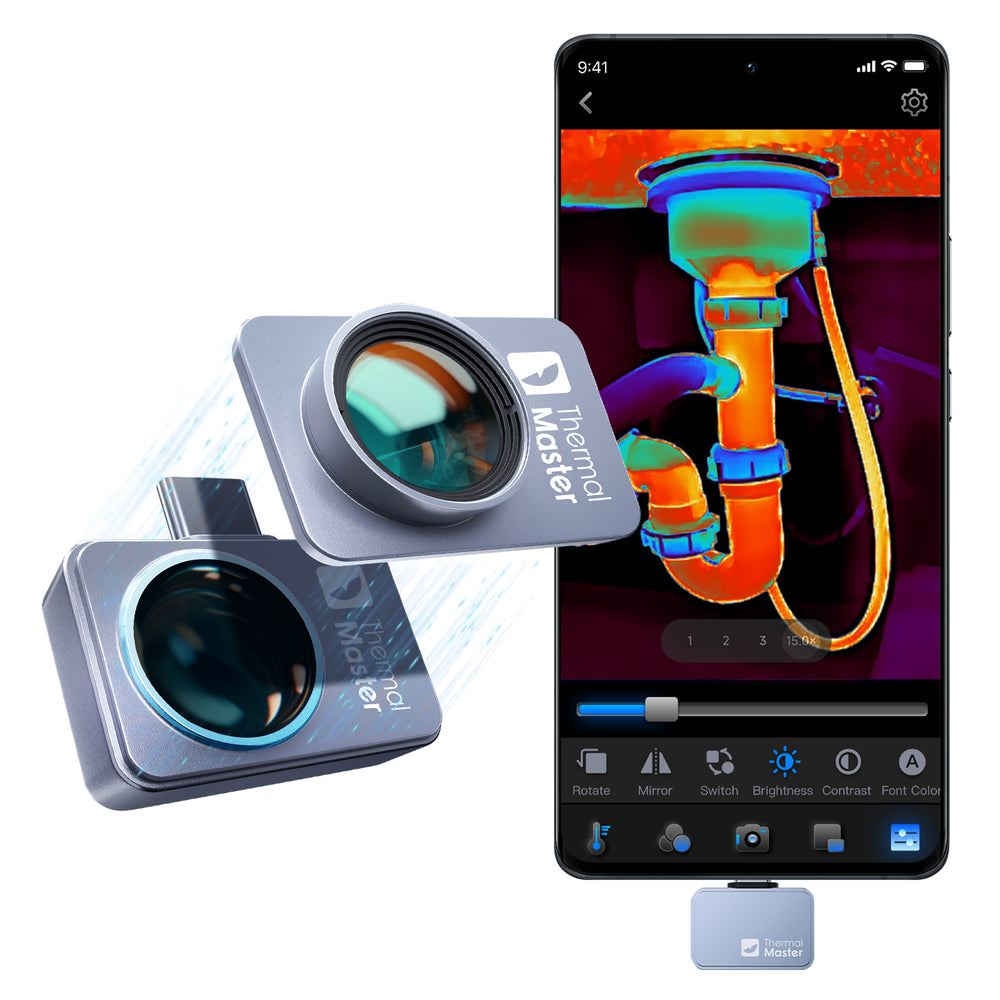
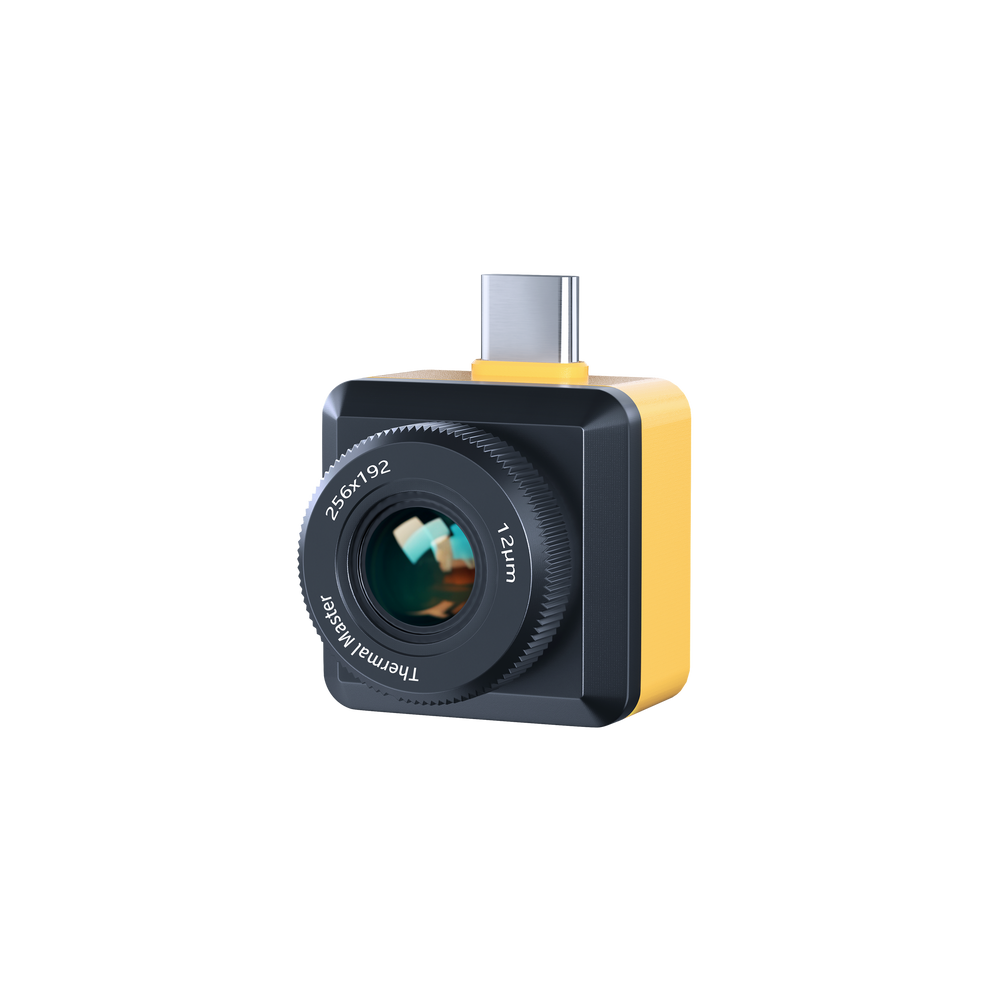
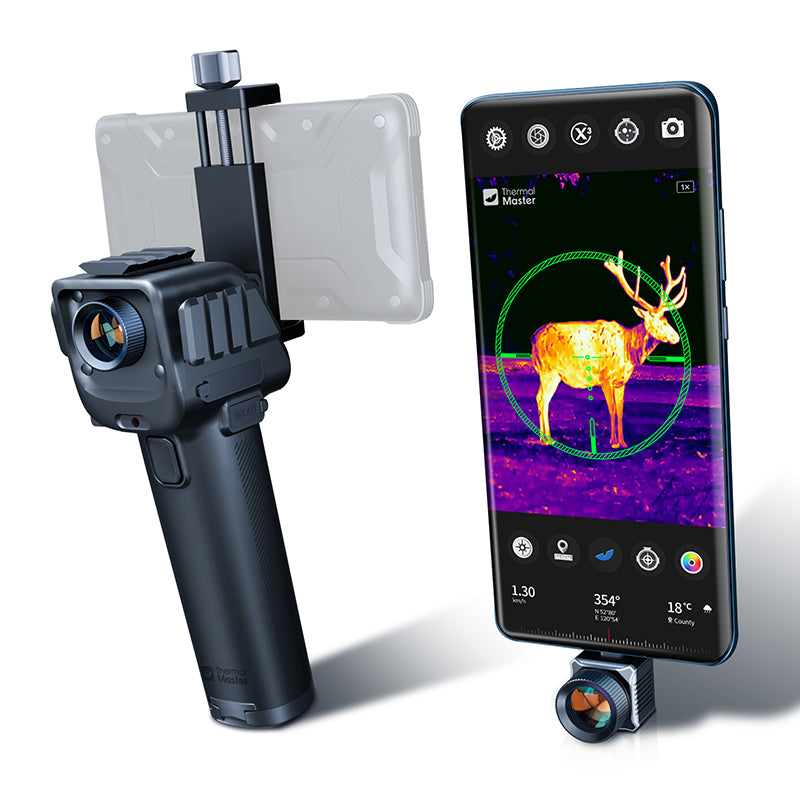
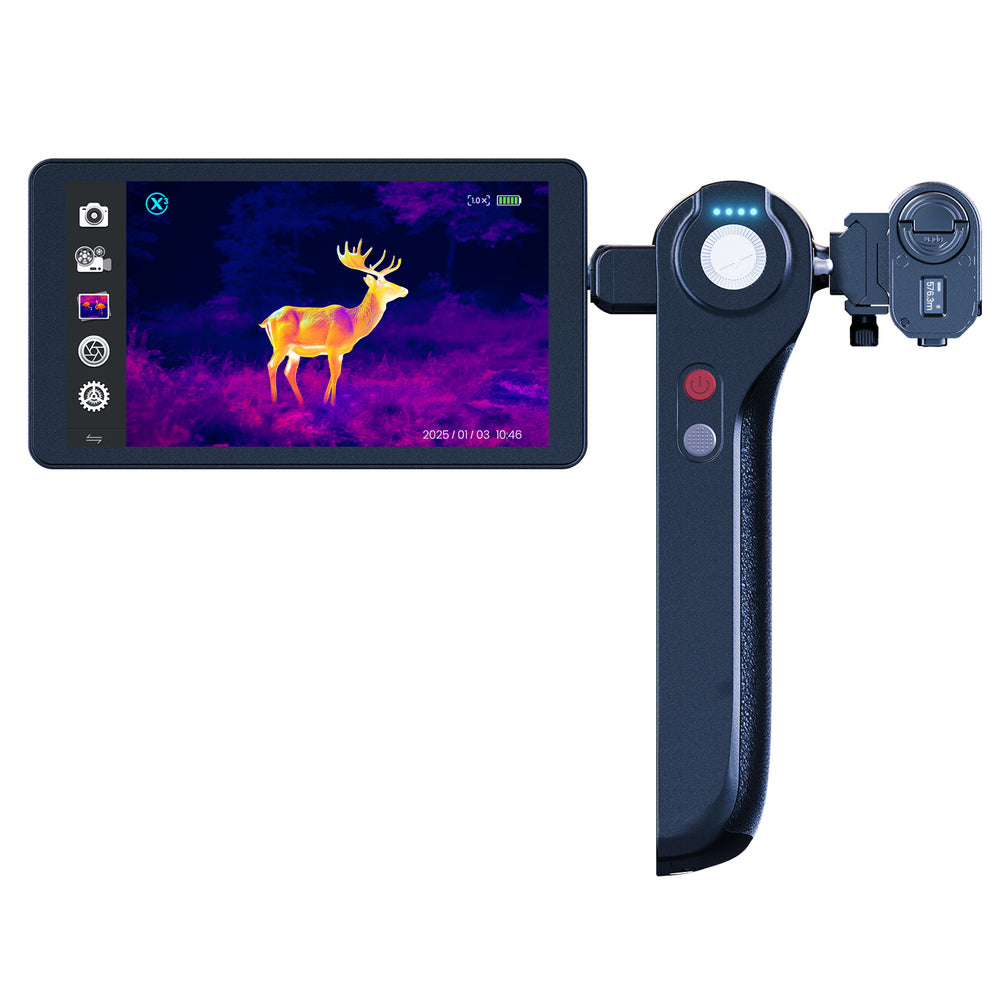
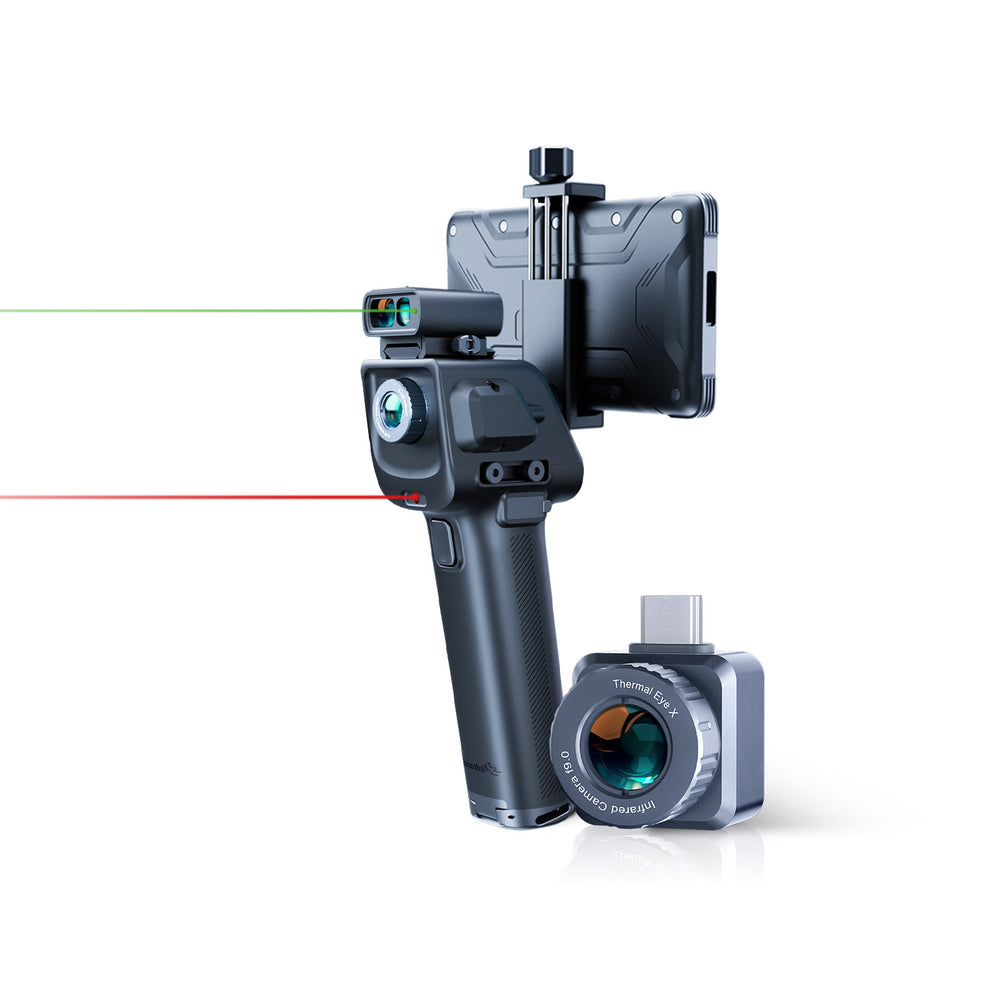
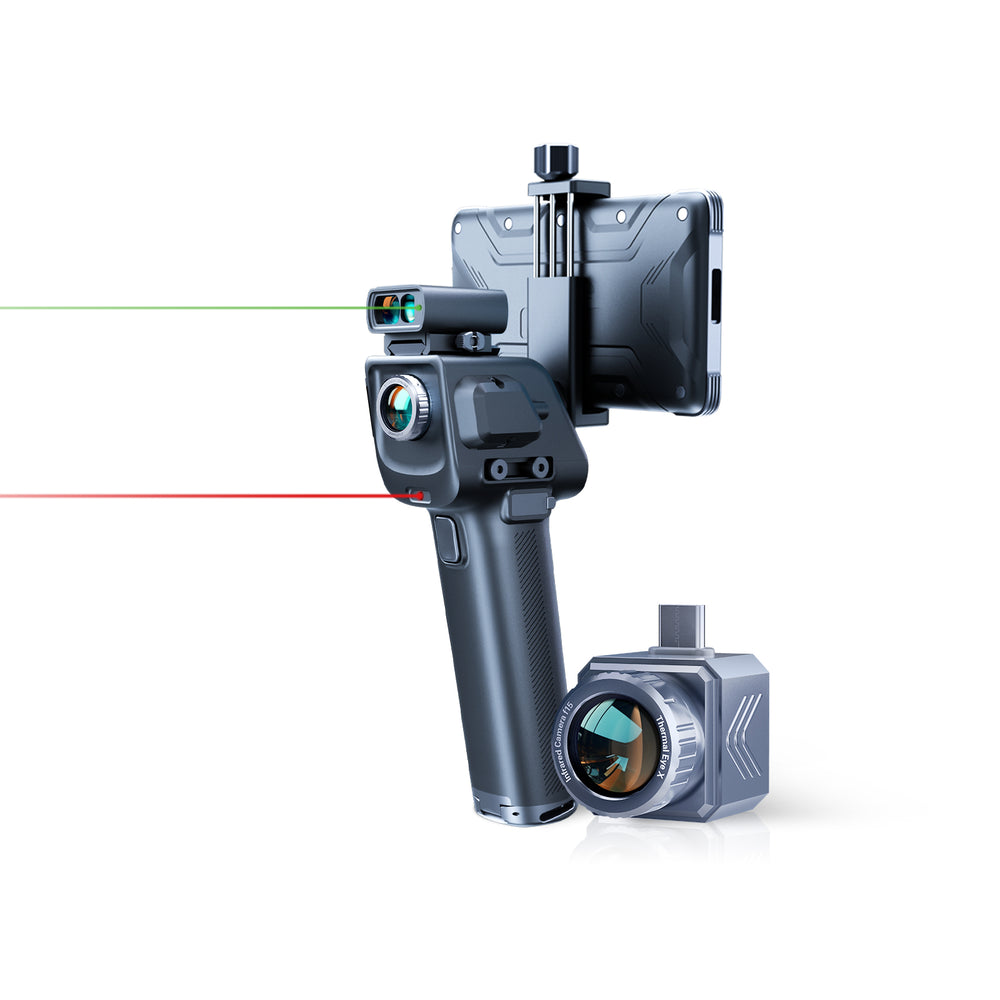
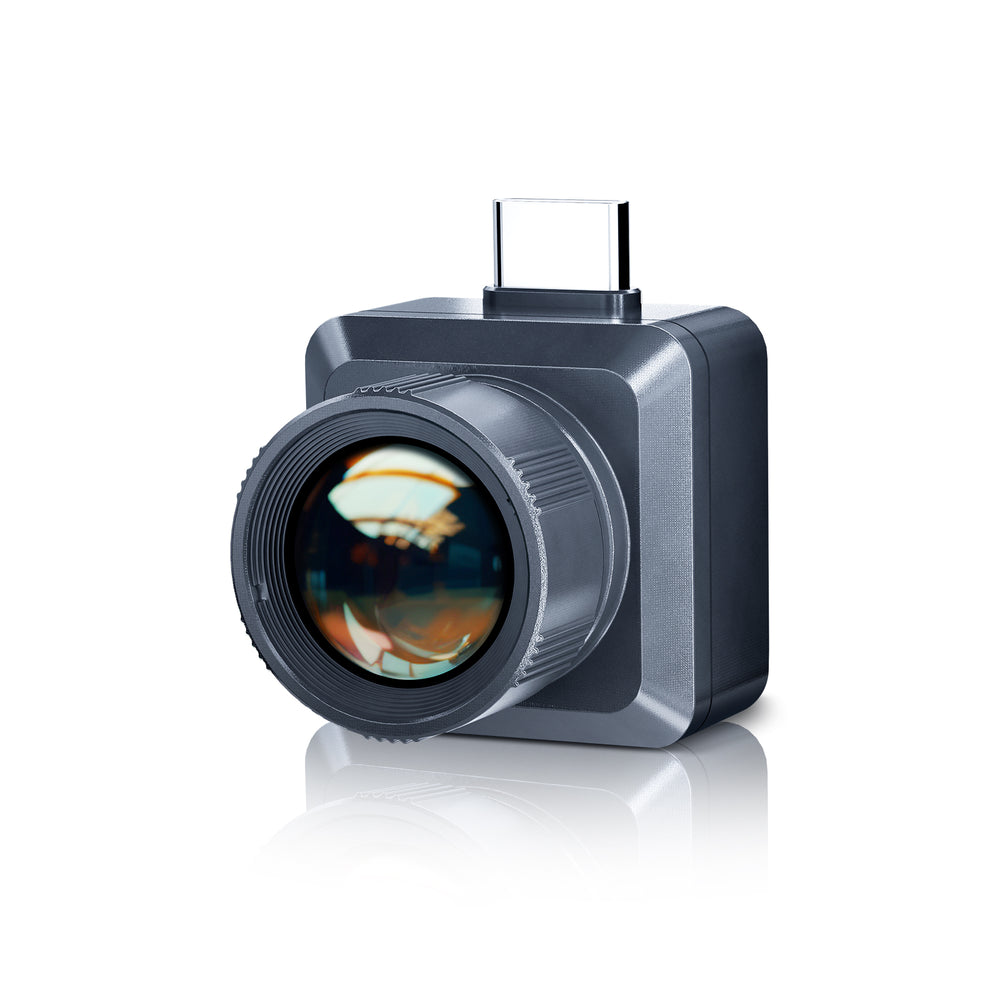
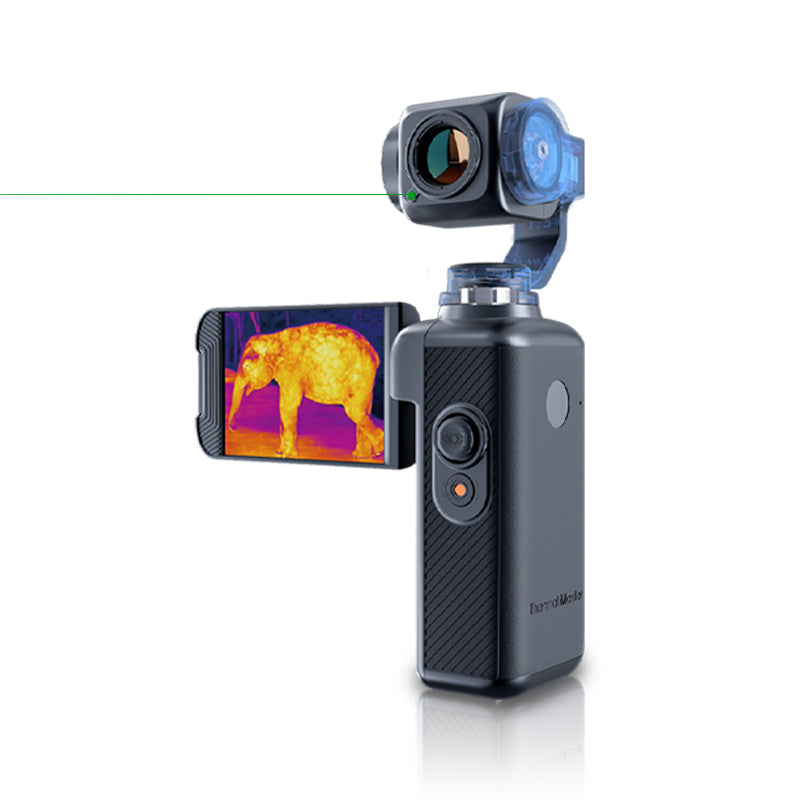
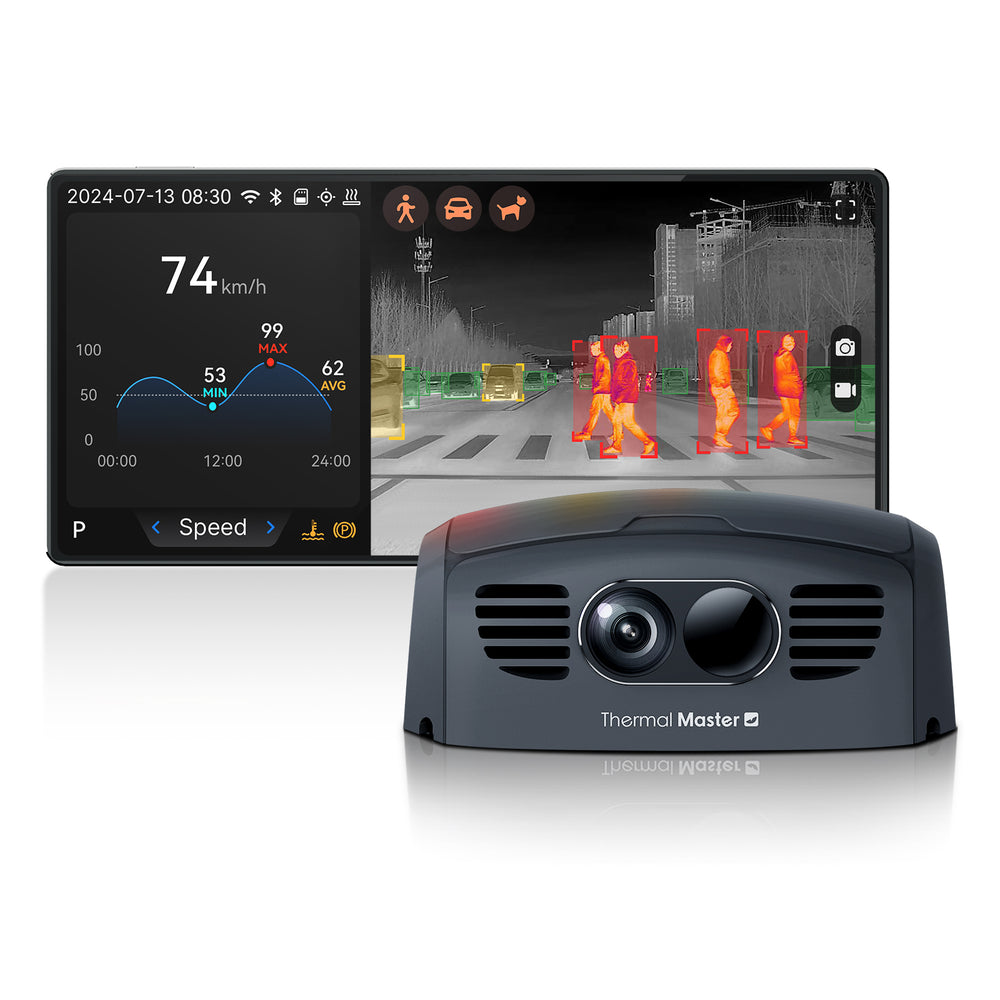
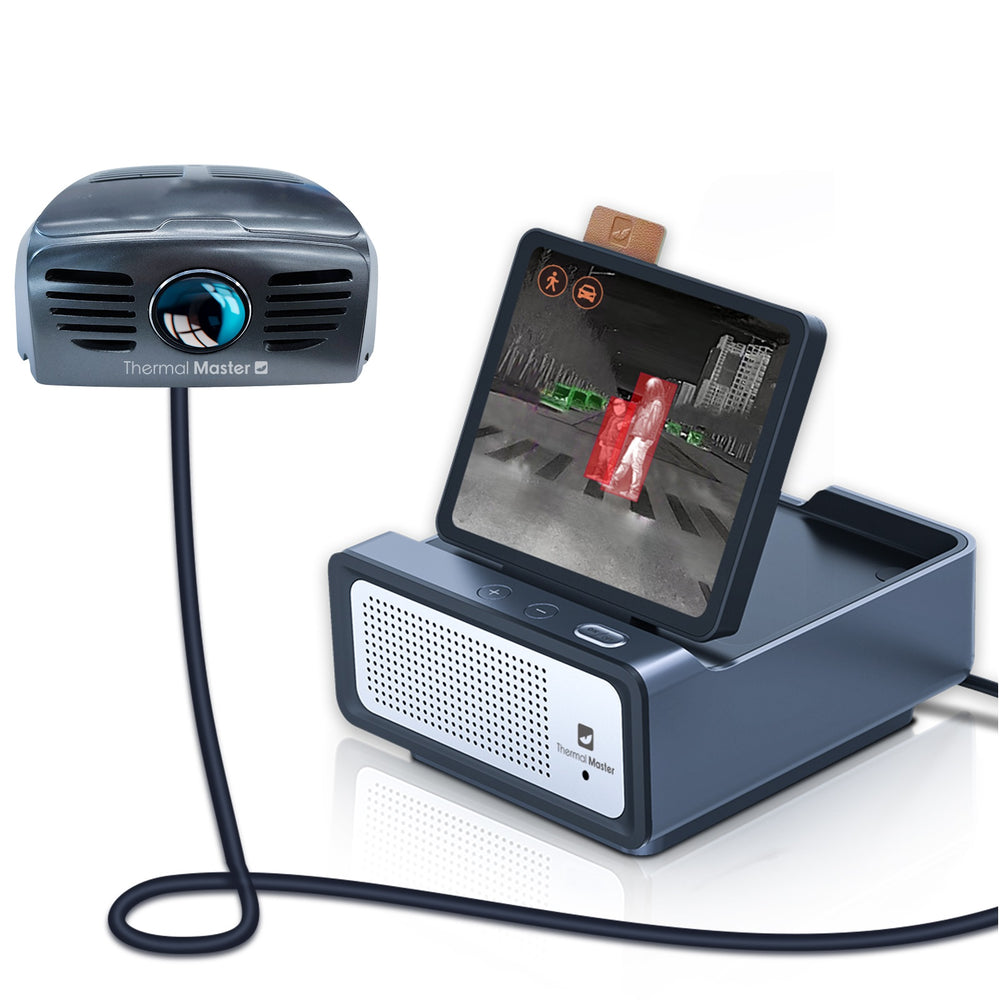
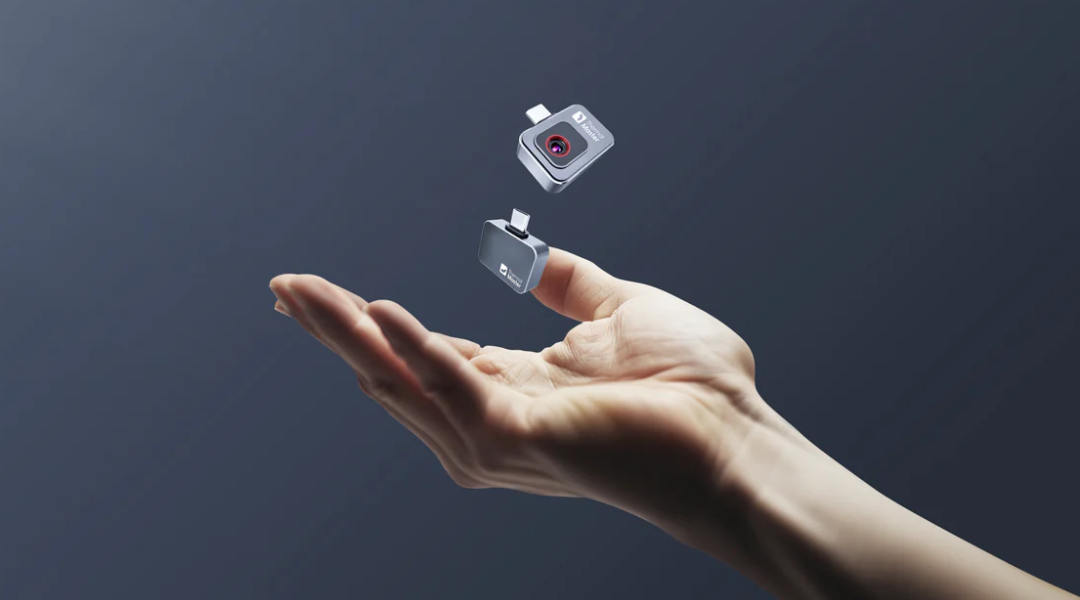
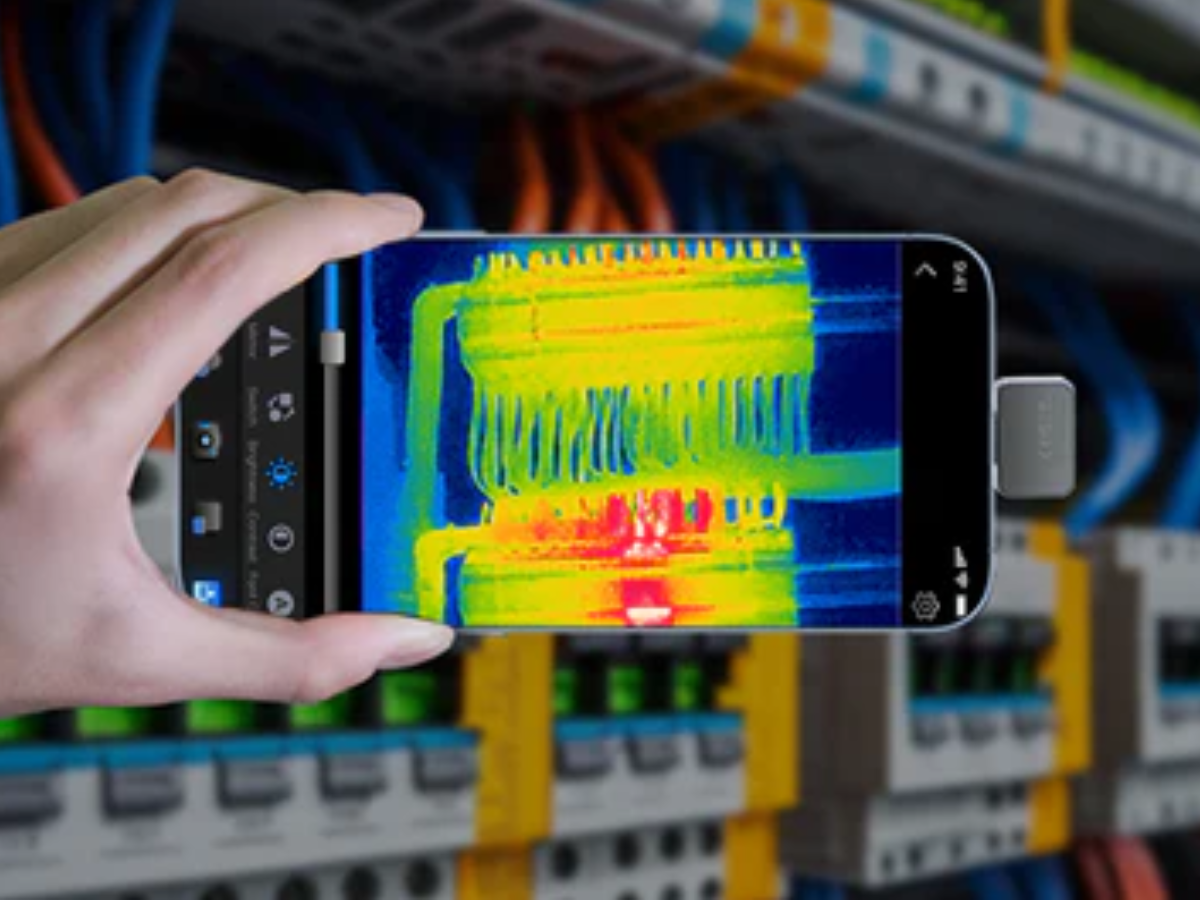
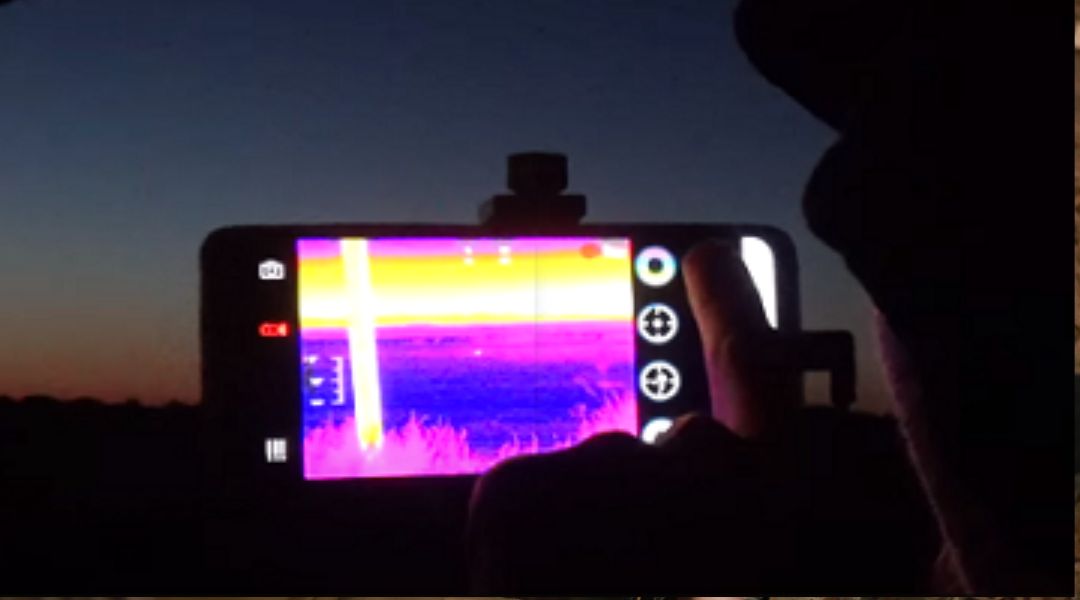
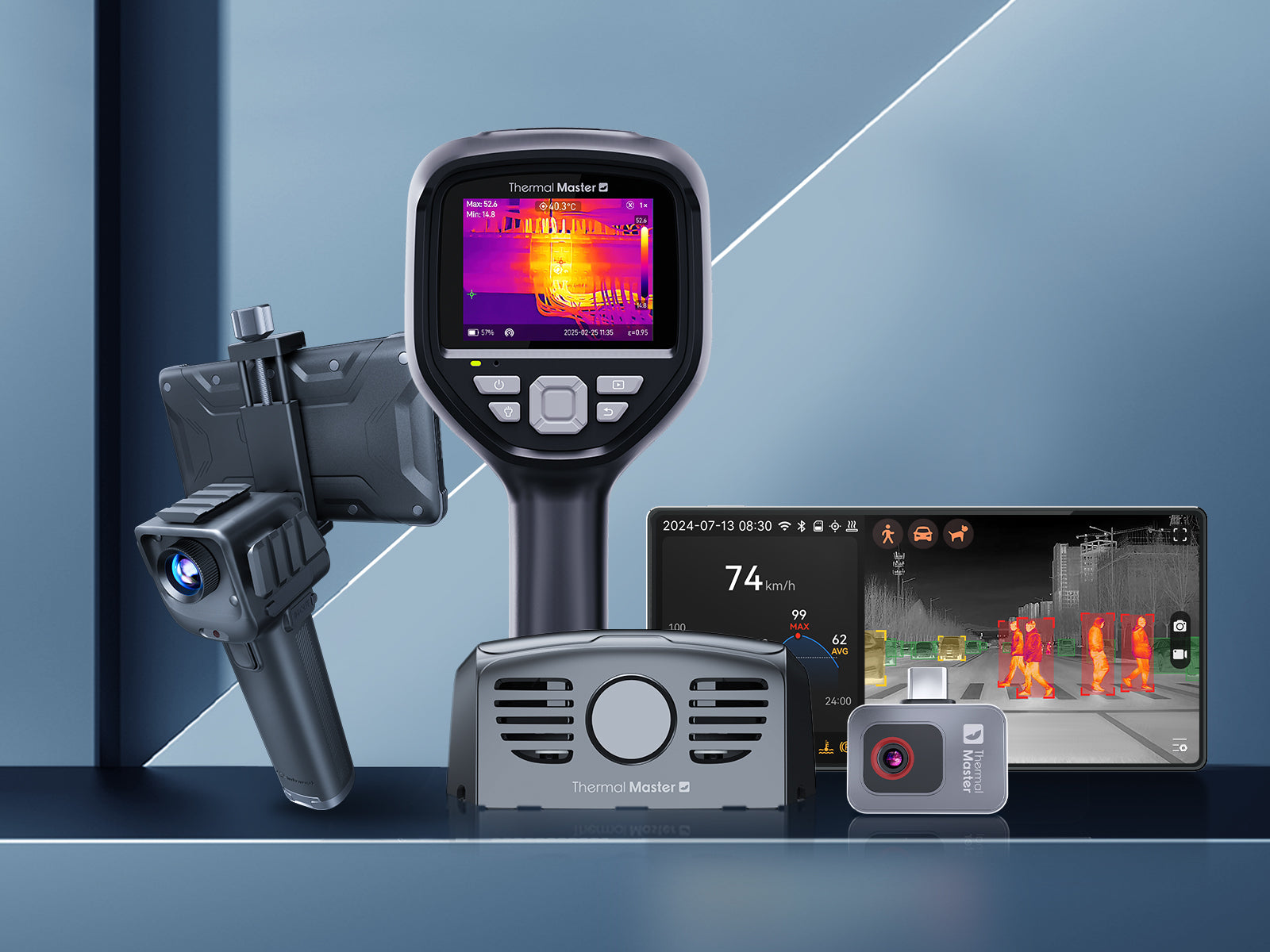
Leave a comment
All comments are moderated before being published.
This site is protected by hCaptcha and the hCaptcha Privacy Policy and Terms of Service apply.